SCAN Projects
During your first semester at INSA Lyon, you will be brought to conduct special projects in replacement of the maths and physics final exams. So what are the SCAN Projects ?
2024 Scan Project description
2025 Scan Project description
Summary
What? A group project (5 students per group) allowing you to explore a subject (given by the teachers, see the list below)
When? The week prior to and the week of the first semester's final exams.
→ in 2024: From January 22nd to February 1st
→ in 2025: From January 27th to February 7th
Deliverables?
→ ~15' oral presentation (+5’ Q&A) on the last Friday in front of your classmates (the scan group is divided in two amphis so you will see half of the projects)
→ Written report
Overall mark? 1/3 given by the tutor, 1/3 presentation, 1/3 report
Some advice for the project's organization:
→ Contact, as quickly as possible, your assigned tutor to set up your first appointment and get the project started.
→ If possible, plan the next appointment(s) during the 1st contact meeting.
→ Identify the main tasks of the project (including slideshow and report writing) and assign a responsible + participants for each one.
→ Make sure that everyone understand and agree on the objectives of each task.
→ Establish a timeline for each task up to the project presentation.
→ Communicate regularly on the task & project advancement with your partners and tutor. Two weeks fly by and you need to stay focused and coordinated.
2025 Projects description
Project 1: An app for the labs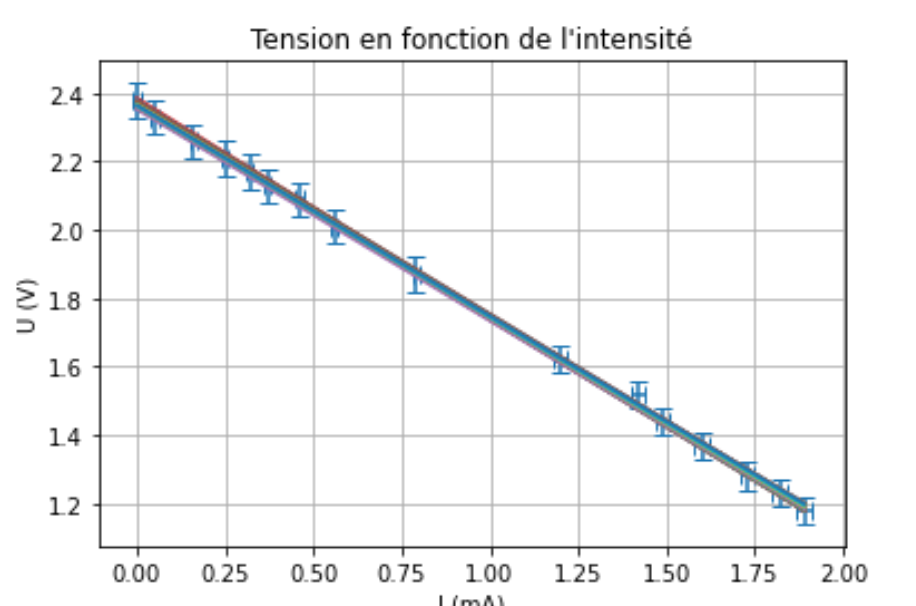
In the physics lab, you are often required to plot graphs and draw the best linear fit. This can easily be done using commercial software. But things worsen as soon as you need to add uncertainty boxes and extract the lines of extreme slopes! This project aims at defining a protocol, based on statistics, to determine numerically the value and the uncertainty on the slope of the best linear fit. You will then investigate how to implement this protocol. Ideally, your output will be made available for the scan section, so that all scan students can use it for the labs in the second semester.
A tour of the microscopy lab will be organized and if possible, you will be allowed to take part to experiments. You may have the impression it has nothing to do with uncertainty, but actually you will be able to discover small scale devices, with high sensitivity. And seeing atoms is fun anyway.
Project 2: From Leonardo da Vinci to Augustin Coulomb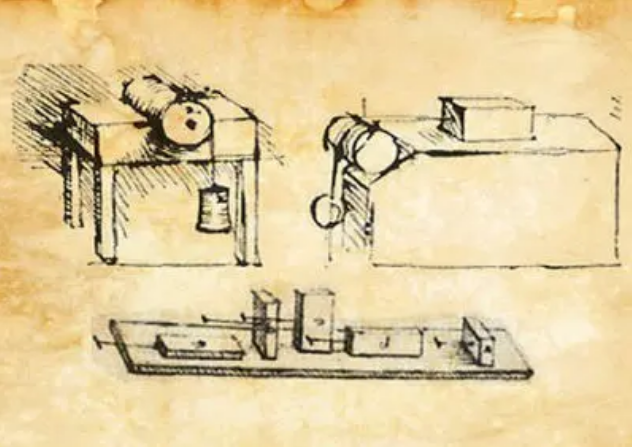
Humans have toiled from immemorial times pulling heavy loads, materials, carts and everything else. The friction problem intrigued the humankind from the earliest stage. However, its origins and description were ignored until the pioneering, albeit forgotten tests by Leonardo da Vinci. Leonardo da Vinci brought the first elements of understanding before 1519. The fist mathematical model was developed only in 1785.
Your task will be to measure experimentally the friction between to materials.
Project 3: Quantifying (and correcting) the blur in pictures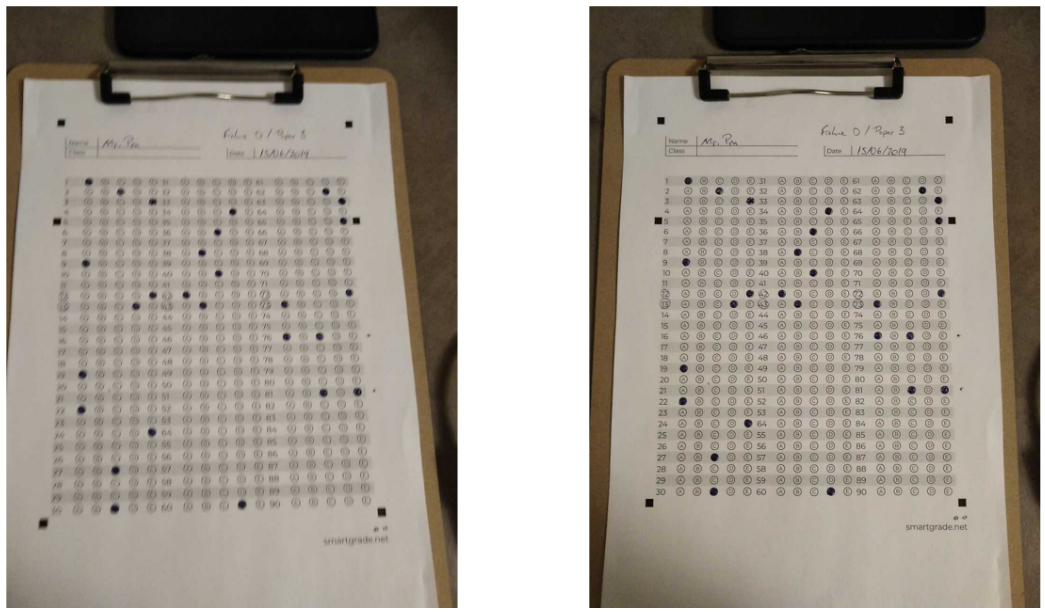
Communication in Today’s society is largely based on images and movies. An image is indeed said to be worth a thousand words (proverb popularly attributed to Confucius). From a scientific point of view, psychologist Albert Mehrabian demonstrated in the 1960s that 93% of communication is non-verbal. Visual communication is "non-verbal" communication that is transmitted through a visual medium, and is described as the transmission of ideas and information in forms that can be perceived in whole or in part by sight. It is often presented or expressed in two-dimensional images, and includes: signs, typography, drawings, graphics, illustrations, industrial design, advertising, animation, color and electronic resources. The roots of visual communication extend to the earliest expressions of humanity with the prehistoric cave drawings. Nowadays, it includes images and videos on social media (Tiktok, Pinterest, …). Having the perfect image is difficult! One of the most common defects is blur. There are 2 types of blur: motion blur (for objects in motion) and defocus blur (when the image is out of focus). In this project, you will investigate how to quantify defocus blur in greyscale images.
Project 4: Would the Saint Simeon Stylites column buckle?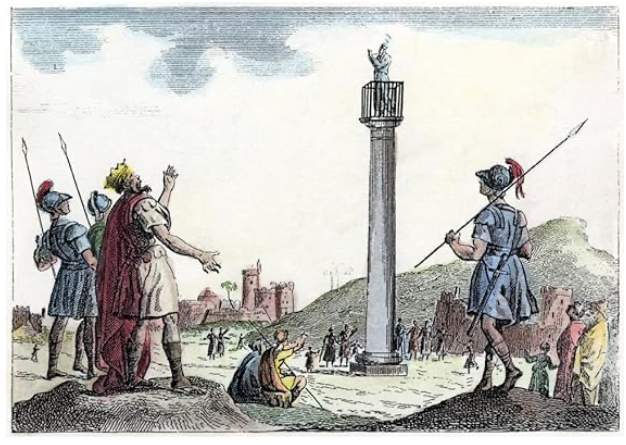
In a fifth century Syria, monk Simeon had become too famous. And with the fame came a drawback. All day along flocks of pilgrims sought his advice leaving him with no spare time.
One day, enough was enough. The monk took a radical decision. From now on, he would spend the rest of his life on top of an abandoned column, far from hustling crowds down below.
But crowds gathered none the less and make a lot of noise. A higher column would be preferable for a silence-loving hermit. Would you advice a to-be saint Simeon Stylites how high he could safely go?
At which point would the column buckle? Is there a relationship predicting such a limiting height?
Far from Syrian fifth century, we will investigate the problem with reduced experimental model of spaghetti and calibrated masses.
An experimental data will show the validity and limits of available models in the literature.
Project 5: An introduction to computational physics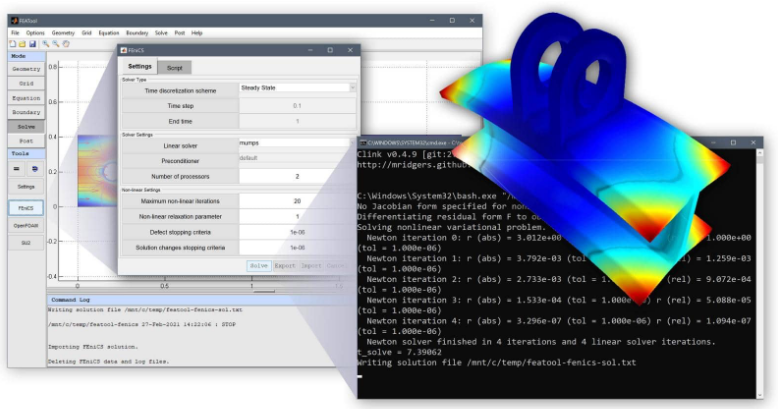
The use of computers to solve physics problems has revolutionized the way we understand and interact with the natural world. From simulating planetary orbits to modeling quantum systems, computational methods enable us to explore complex phenomena that are often inaccessible to analytical solutions. Applications of computational physics span diverse fields, including astrophysics, material science, fluid dynamics, and climate modeling. These tools not only enhance our ability to solve equations but also provide visualizations that deepen our comprehension of physical laws.
This student project serves as an introduction to computational physics, with a focus on solving problems in mechanics using Python. Centered around Newton’s laws, the project will involve building computational tools to tackle a variety of scenarios.
The first objective is to create a program capable of solving simple mechanics problems based on examples discussed in tutorials, such as the motion of a mass on an inclined plane or the trajectory of a projectile.
The second objective is to develop a tool for generating “free body diagrams,” which are critical in understanding forces acting on a system.
Project 6: Using photovoltaic panels to power a system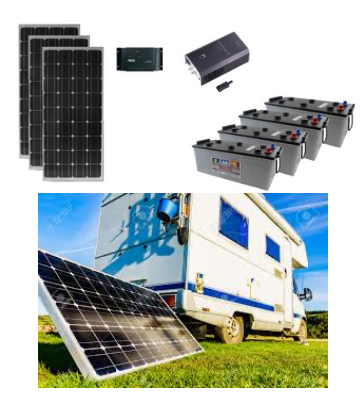
In recent years, there has been a remarkable surge in the adoption of photovoltaic (PV) panels, marking a significant shift towards sustainable energy solutions. As global awareness of environmental issues intensifies, individuals and businesses alike are increasingly turning to PV panels to harness clean and renewable solar energy. The declining costs of PV technology, coupled with government incentives and a growing emphasis on carbon footprint reduction, have fueled this upward trend. n this project, you are proposed to dimension a PV installation to sustain a given system with its energy needs. You will be presented with different target applications (e.g., an isolated cottage in the French Alps, energy sustainment of a camping car, meeting the water energy needs of INSA residences…) but the project will also be open to any suggestions from you.
Project 7: Prime numbers and cryptography / Measuring the Internet
- Prime numbers and cryptography
The goal of this project is to implement and study methods used to find prime numbers, which are required in several modern cryptographic systems used on our everyday life (Internet, smartcards, phones, etc.). - Measuring the internet
The Internet is part of our daily lives. We use it to access websites, call relatives on the other side of the planet or to stream movies on our TV. Behind those services lies a huge communication network composed of millions of elements communicating with each other. The goal of this project is to explore this complex structure, study the propagation time of information on the network, and to “measure” this worldwide network.
Projects 8&9: Shuttlecock dynamics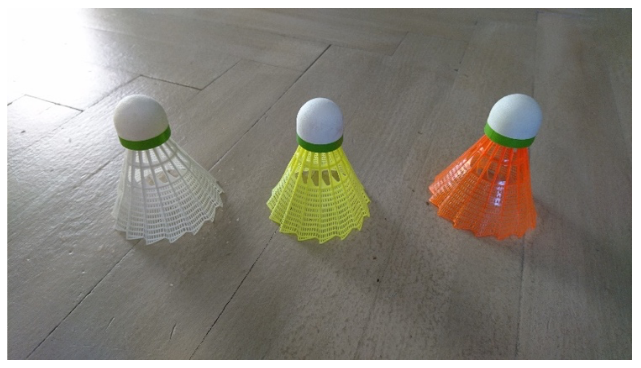
When playing badminton, the shuttlecock (also referred to as shuttle or birdie) plays a central role, and its quality may impact significantly your play. Many types and materials exist, for different performances (speed, control, for instance). Among the different technologies, a sports gear store proposes three shuttles, adapted to slow, moderate and high wind (see Figure). What can make this difference? This project aims at understanding and explaining this property, by studying the three shuttlecocks presented in the picture. What are their differences, and how do these differences play on their response to wind? Several features can be considered, such as mass, shape, fall velocity, color (…!) and so on.
A numerical project using Python, where the goal will be to write a model able to predict the shuttlecock motion based on initial information (throw) and the physical properties on the forces. The trajectories will then be compared to experimental trajectories.
Project 10: Design of a lab experiment using your smartphone: pendular motion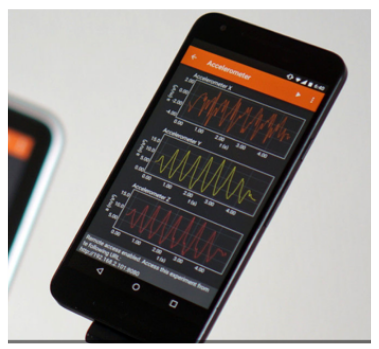
We use the sensors embedded in our smartphones every day, often without even realizing it. The screen flips as you hold your phone in a landscape position because an accelerometer has detected the change. The ambient light sensor tells your screen to brighten when you go outside, and the proximity sensor tells your device to deactivate the touch screen when you hold the phone to your ear. These accurate sensors (accelerometer, gyroscope, barometer, magnetometer, thermometer…) make your phone aware of its environment and actively interface with it.
The objective of this project is to do design a lab experiment aiming at studying the motion of a simple pendulum.
Project 11: Use your smartphones to measure a physical quantity
We use the sensors embedded in our smartphones every day, often without even realizing it. The screen flips as you hold your phone in a landscape position because an accelerometer has detected the change. The ambient light sensor tells your screen to brighten when you go outside, and the proximity sensor tells your device to deactivate the touch screen when you hold the phone to your ear. These accurate sensors (accelerometer, gyroscope, barometer, magnetometer, thermometer…) make your phone aware of its environment and actively interface with it.
The objective of this project is to do experimental physics with your smartphone. You will design a lab experiment aiming at determining the friction coefficient of an inclined plane.
Project 12: Microscopic image analysis with Python
Microscopic images are used in a variety of domains to analyze, for examples, the structure of metal grain, the deposit of silicon nanocrystals or biological organisms. In order to efficiently extract information from these images, one need images analysis tools that can extract and count structures in such images. In this project, we will focus on microscopic images showing the structure of materials (such as metals or crystals). The exact subject of analysis will be decided upon the start of the project (e.g. count the grains in the image, remove the noise…).
In order to extract such information, the image will undergo a variety of mathematical operations to transform it and make it usable for computation. Typical image analysis operations include: convolution filtering, morphological operators, thresholding, flood filling algorithms and more. A popular tool to perform such operations is ImageJ, a scientific software for microscopic images. The goal of this project is to implement your own library for image analysis in Python, and use it to analyze microscopic images. The project will be done in collaboration with the MATEIS research lab that will provide microscopic images to be analyzed.
Project 13: Tensegrity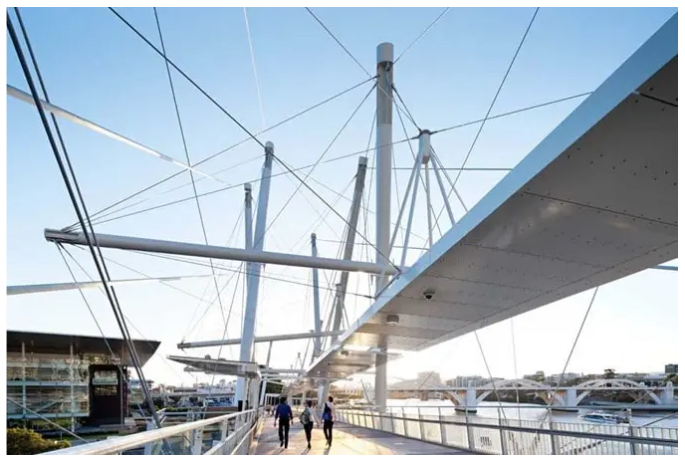
Tensegrity, a portmanteau of "tensional integrity," represents a unique structural concept where elements are arranged in a state of continuous tension and compression. This innovative design principle has applications ranging from architecture to biomechanics. This student project aims to delve into the fascinating world of tensegrity structures by constructing a demonstrator using a 3D printer. Through this hands-on experience, participants will gain a deeper understanding of tensegrity's principles and its real-world applications.
The primary objective of this project is to introduce and understand the underlying principles of tensegrity (i.e. intricate balance between tension and compression in structural design). By utilizing 3D printing technology and any other technique you would judge relevant, you will be invited to build and study a demonstrator consisting in a mechanical structure whose mechanical equilibrium rely on tensegrity principles.
Project 14: Felix Baumgarten's free fall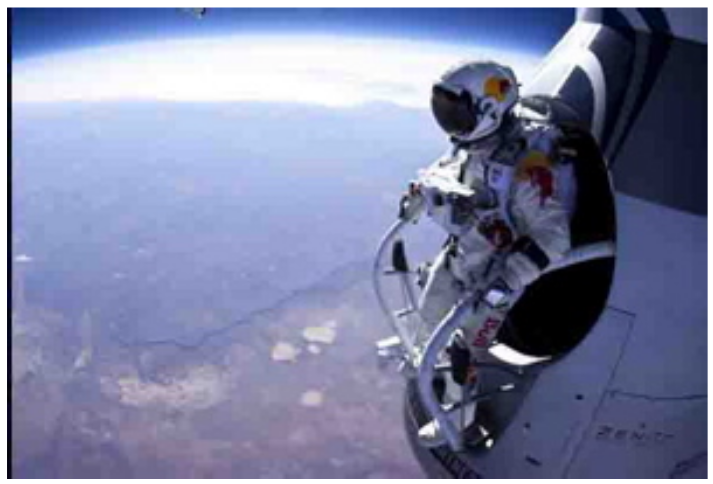
The aim of this project is to simulate the free fall of Felix Baumgarten an Austrian skydiver and former professional BASE jumper. On 14th October 2012, Baumgartner flew at a height of 39.045 kilometers into the stratosphere over New Mexico, United States, in a helium balloon before free falling in a pressure suit and then parachuting to Earth. The total jump, from leaving the capsule to landing on the ground, lasted approximately ten minutes. Baumgartner deployed his parachute after 4 minutes and 19 seconds, completing a total free fall distance of 36,529 meters. At approximately 30,000 meters (98,000 ft), Baumgartner reached the speed of sound after approximately 40 seconds of free-fall, thus becoming the first human to brake the sound barrier without any form of engine power. The maximum speed achieved was measured 1,342.8 km/h (Mach 1.24).
The idea of the project is to compare the numerical values from this “experiment” with the outputs from models of increasing complexity: you will first start with a very simple model that you’ll solve analytically. You will then look into more details into some of the simplifying assumptions you made.
You will then have to solve the new movement equation numerically, and apply to different situations (balloon ascent, free fall and parachute landing) You will discuss how well you can reproduce the values from the experiment and summarize clearly the impact of each model improvement and each parameter change you made You could also compare Felix’s fall to the one from Alan Eustace on 24th October 2014.

